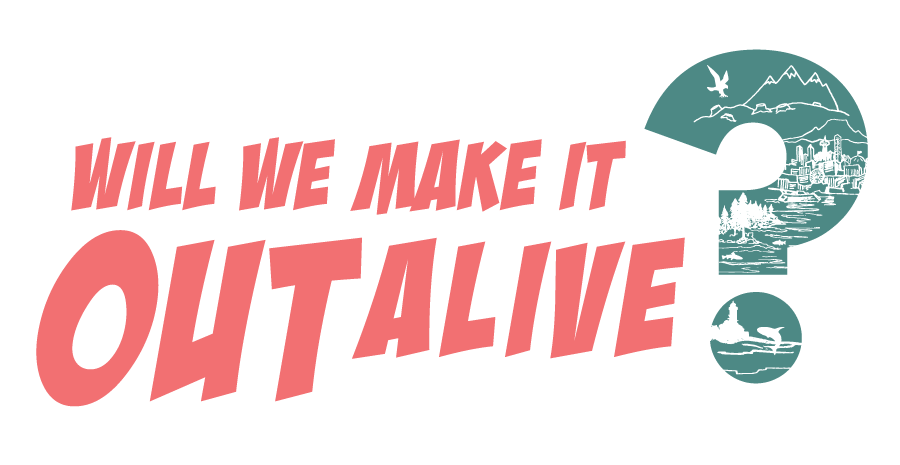Episode 6: God Save the Queen...Bee!
/Learn more about the economic and environmental benefits of native plantings and how they benefit pollinators!
King Conservation is hosting a native plant workshop Wed, February 20, 2019 from 6:30 PM – 8:00 PM at the Shoreline Public Library - 345 NE 175th St, Shoreline, WA 98155.
In this episode, the Magical Mapper tells us some fun bee facts, and explains how honey is made. The Poop Detective shares some arguably less fun, but very important facts about bees: where did they come from, where did they go? What do we say to people who don’t like bees? We share how bees are vital to commercial agriculture and other industries, and explain the concurrent impacts on the food chain.
So, why are the bees dying? We delve deep into the many reasons for Colony Collapse, including the use of pesticides. This Science Magazine report published in 2017 confirmed, after previous studies showing that neonecticides were having a significant negative impact to bee, were criticized for not representing field conditions that bee health near fields where neonectitiods are used. Soil Association explains how neonectitiods that are applied to seed only 5% ends up in the plant, while 94% ends up in our soil and water (with 1% as dust). You can also go here if you want more information in a cute infograph.
According to a 2016 study, pesticide exposure of bumblebee colonies in urban areas was lower than in rural areas.
What can we do to help save the bees?
Did you know you can report a suspected bee poisoning? If you see a disoriented or dead (RIP) bee, report it to this app. To learn more about preventing bee poisoning, you can go here.
According to Jennifer Sass, the Senior Research Scientist at Natural Resource Defense Council, “The thing we can most control is pesticides.” She also urges people to not purchase plants that have been sprayed with pesticides. However, many stores won’t necessarily give this information on the label, so it may help to inform businesses that this issue is important to you!
If you’re looking to make your own garden more bee-and pollinator-friendly, you can go here to learn how to build a raised pollinator garden bed. You can also check out the Oregon Bee Project’s tips for making your garden safe for bees, with tips on which plants to choose and what to use instead of neonicotinoids.
We cover more methods to increase pollination: maximizing the time, place, and plant itself. Native plants tend to do best, offering a variety of benefits detailed here. For more information about plants native to the Pacific Northwest and their array of benefits, check out this guide from Oregon State University. Of course, the harmful insecticides have no place in your new outside space. Here’s a list of alternatives.
The Horticultural Research Industry has created Best Management Practices for Bee Health in the Horticultural Industry. This offers many specific tips to help pollinators, and offers alternatives to harmful practices.
And, last but not least, the bee water garden we mentioned!
Our GIS topic this episode was the NDVI Function, where you can analyze a satellite image to determine vegetation health. Head over to the GIS Tools blog to learn more! We also mentioned a couple of interesting studies, which you can find here and here.
During Citizen Science, we mentioned the Million Pollinator Garden Challenge, the PNW Bumble Bee Atlas, and the Bumble Bee Watch website and iPhone/iPad app.
The awesome bee facts the Magical Mapper shared this episode came from this website. There are 101 facts and they are incredibly interesting!
As always, thank you so much for visiting! If you enjoy our show, you can subscribe to our podcast on all of the major platforms, including Apple Podcasts, Stitcher, Google Play Music, and TuneIn. Rating and reviewing also helps! Stay warm, cool cats!




